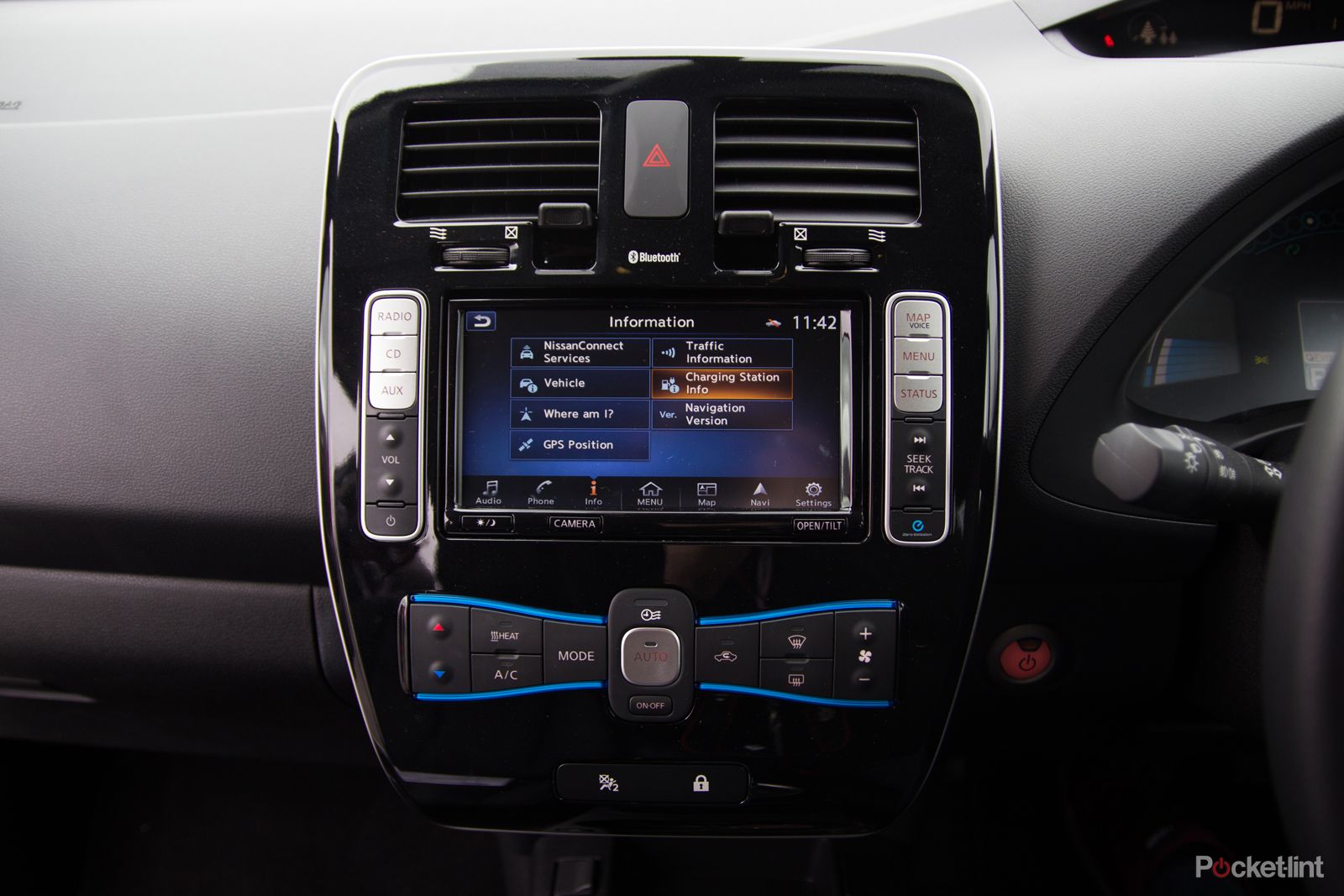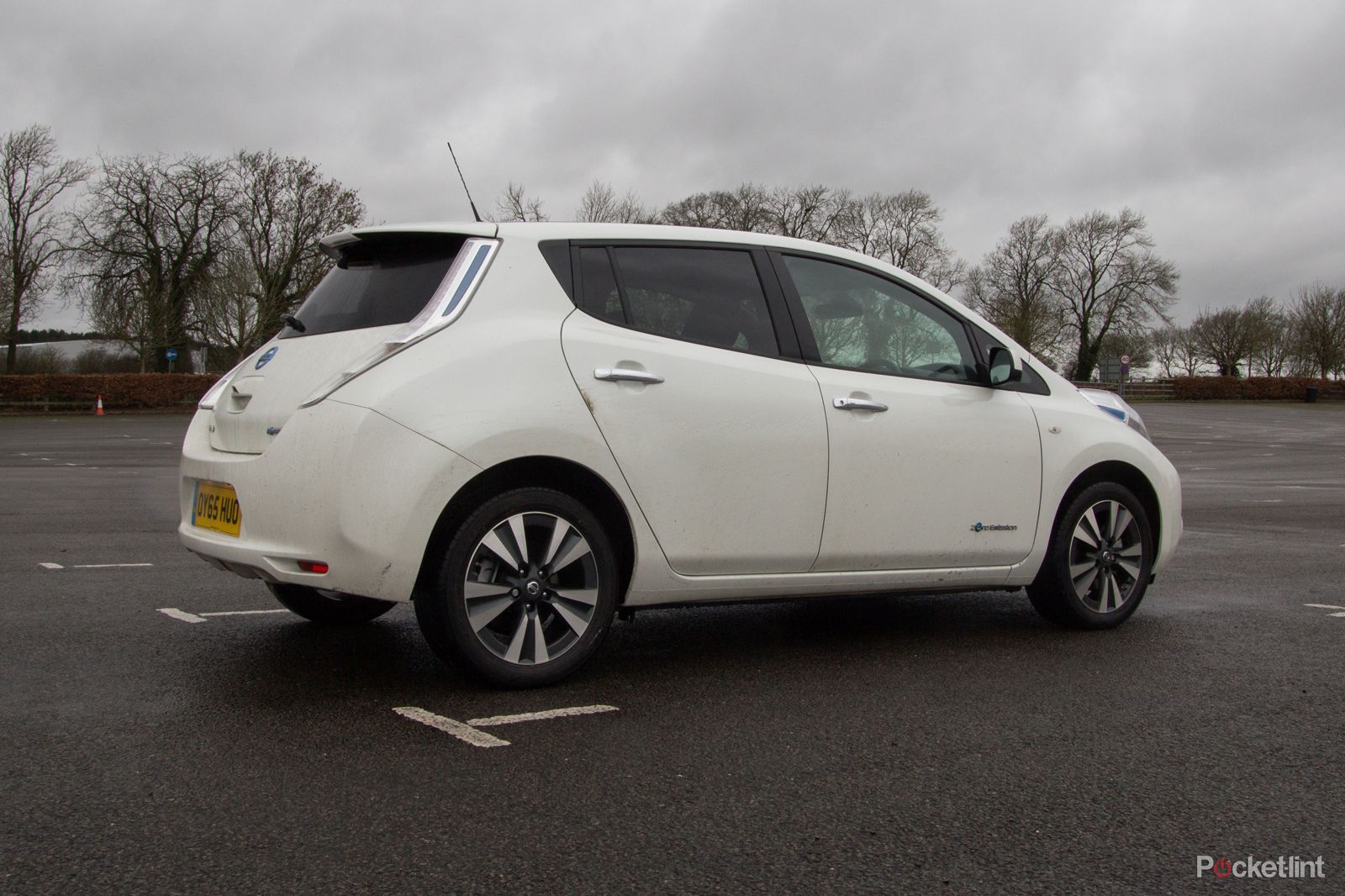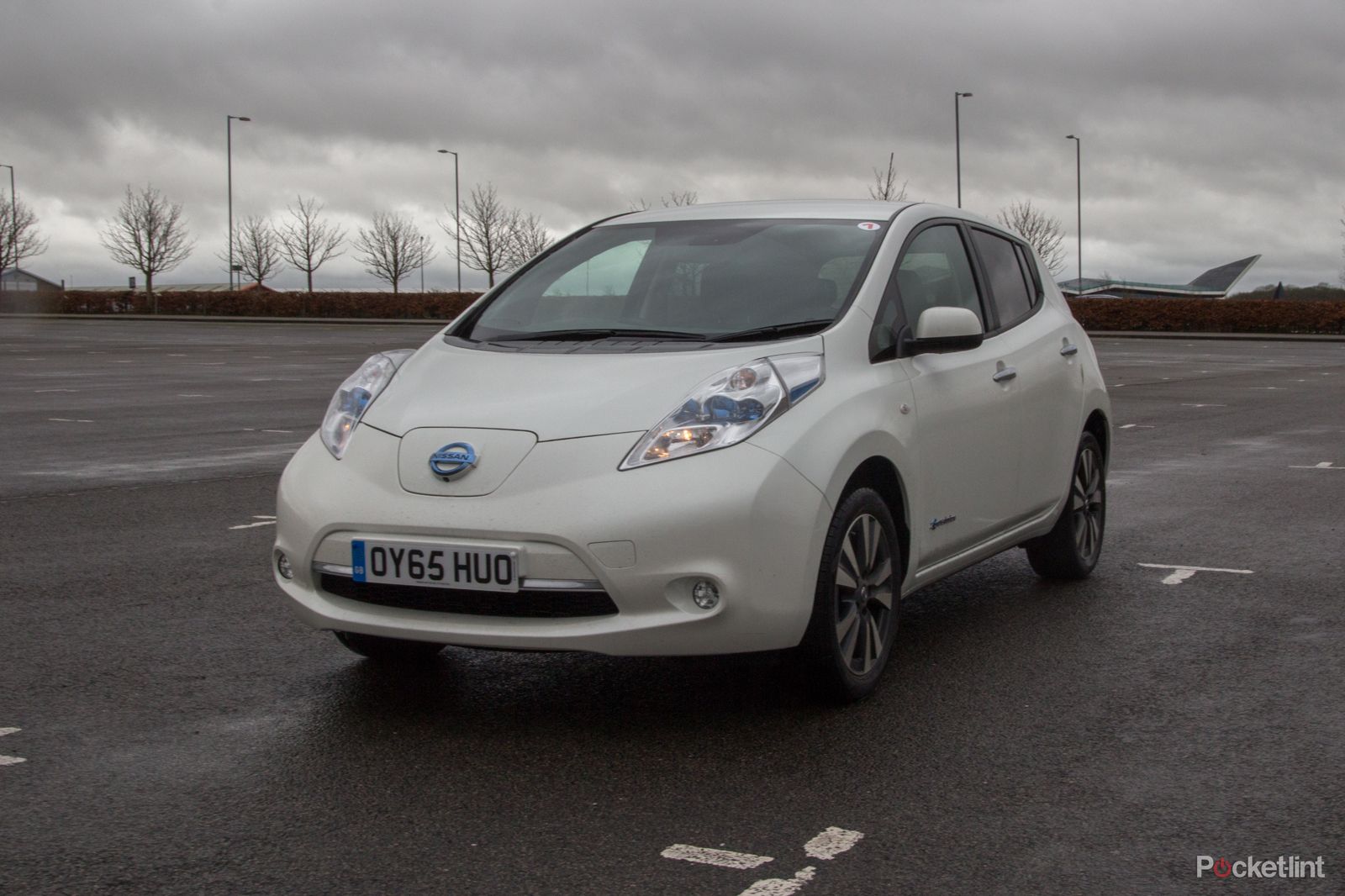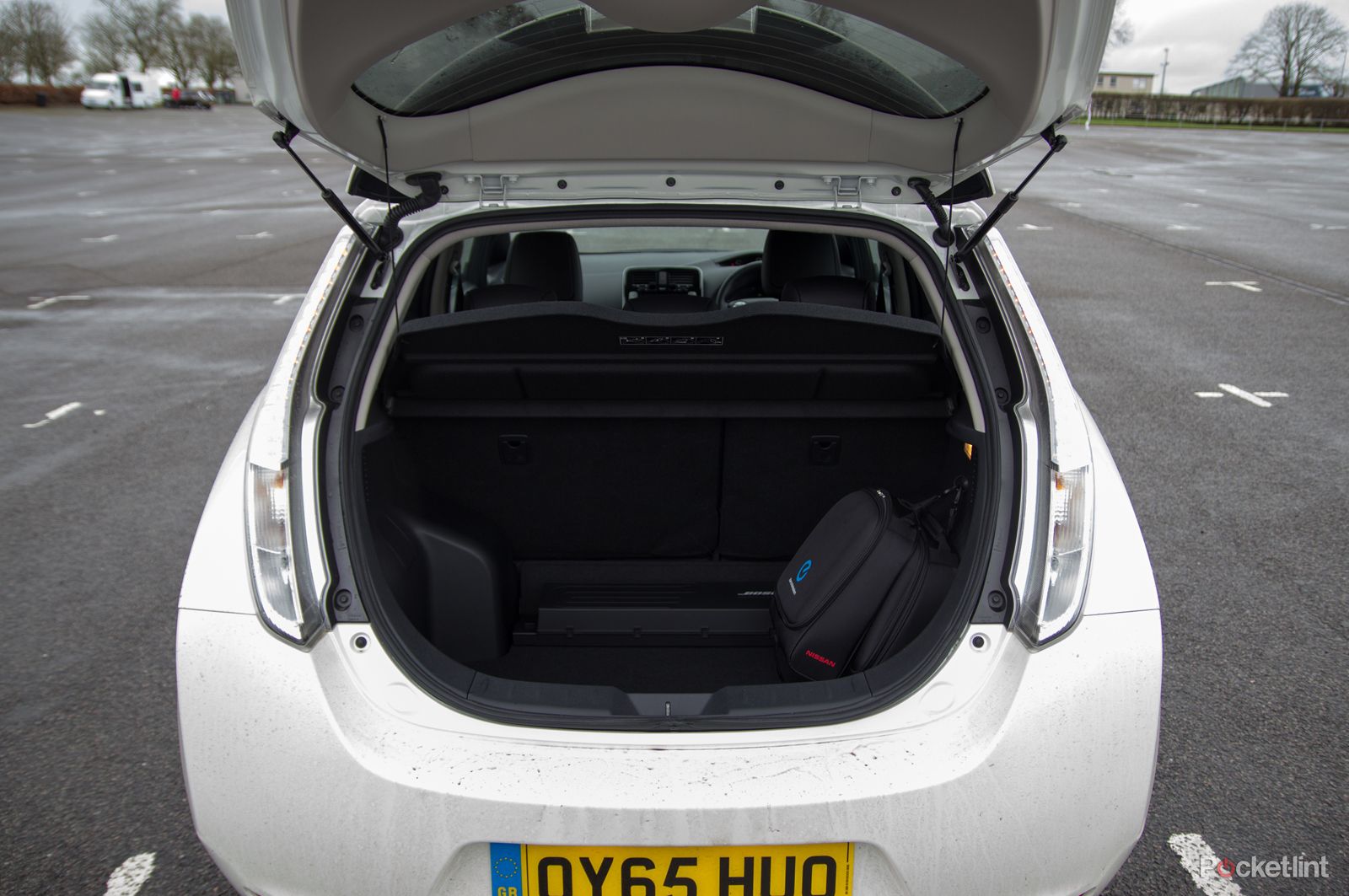The Nissan Leaf is now 5-years-old and there's a new version on the road in 2016, this time boasting a 30kWh battery and bringing with it a claim of 155 miles of range.
Our quick take
The new Nissan Leaf isn't a new car, it's a new capacity. The increased range puts this electric-only car towards the top of the pack EV in terms of range on paper, although the real world performance very much depends on the conditions once you're on the road.
Lacking a new design or any other real cosmetic changes, there's perhaps little in the new Leaf to tempt those existing drivers. Meanwhile, there's now a full range of electric and plug-in hybrids to choose from, whether you're looking for small and cheap, all the way up to sports cars. Where there was once a lack of options, there's now about 30 models, including some that are more desirable, from the conventional VW e-Golf, to the unique BMW i3 and beyond.
The increased range in the new Nissan Leaf is great and it's a good consolidation of Nissan's battery experience. But once you've parted with your cash, you're sitting in the same car you were 5 years ago.
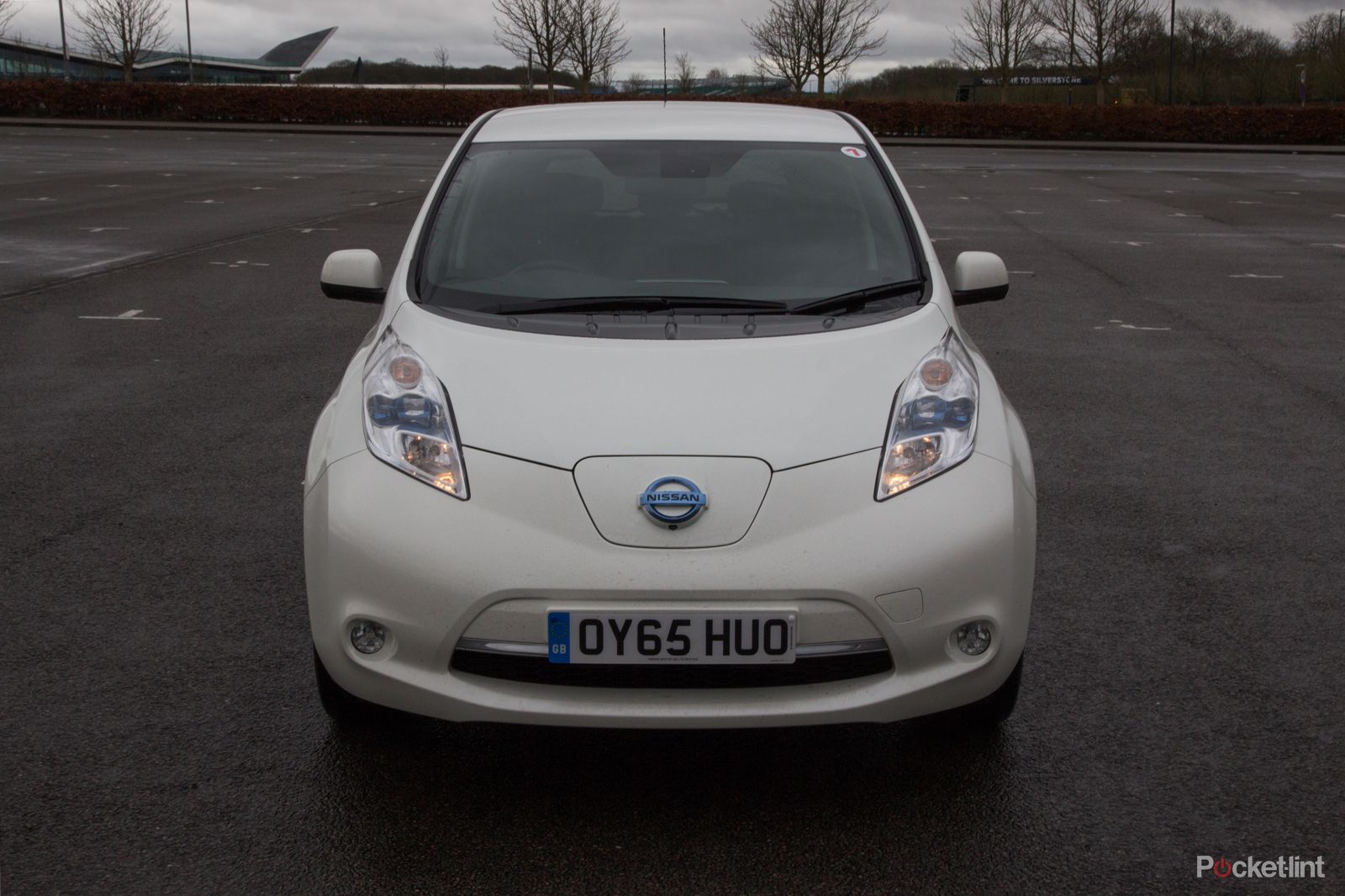
Nissan Leaf 2016 first drive
| FOR | AGAINST |
|---|---|
|
|
|
Nissan is talking some impressive figures when it comes to the Leaf. The car has sold 200,000 units globally, with some 12,000 in the UK. Nissan also claims a 57 per cent market share for electric vehicles, but we'd take that with a pinch of lithium ion: with so few EVs available, it's a fairly inevitable statistic.
Like the Prius, the Leaf was something of a breakthrough moment at launch. It was an all electric car from a mainstream manufacturer and at the time its competition was slightly awkward, like the G-Wiz. In comparison, the Nissan Leaf is conventional, offering a compact hatchback design with all the mod-cons, but without the combustion engine.
But this latest version arrives when there are many more low-emission models on the road and a much wider range of choices. So how does this Leaf refresh stack up?
Nissan Leaf: Familiar design
It's perhaps strange that Nissan hasn't changed the design of the Leaf at all. Both the interior and the exterior of the car look the same as they did before, making this a car of the future that's got a foot in the past. The exterior design of the Leaf has hallmarks of the Juke about it, with those bulbous headlight clusters, and a feel of the Micra too.
The looks might turn some buyers off in the current climate, especially as the number of alternatives are on the rise, with EV or PHEV versions appearing of some more mainstream cars, like the VW e-Golf or Renault Zoe. The Leaf is no longer the only option for an electric car, but it's now not the best looking either. This new Leaf really just an interim upgrade, boosting the range, before a new car probably appears in the next couple of years.
As it is, the use of hard plastics in the interior, especially for the dash, and the glossy trim around the centre console, carries a slightly cheap and dated feel with it. This hasn't changed from previously, and it's worth noting that the increased range model is only available in Acenta or Tekna trim, rather than the cheapest Visia option.
Opt for the Acenta and you're looking at £24,490. To us that feels a little expensive, especially as the interior design and some of those plastics don't come up to the standards you'd find elsewhere in regular fuel models around the same price.
But you do get a lot of standard equipment for that. There's aircon, Bluetooth, folding mirrors, NissanConnect, cruise control, rear view camera, automatic headlights, auto wipers. Once you step-up to the Tekna trim, you get full leather, heated front and rear seats and steering wheel, as well as Bose sound system all for £26,490, which starts to be more competitive. There's no lacking creature comforts for sure, and these upgrades on an Audi A3 e-Tron, for example, would cost you a veritable packet.
Although the interior could be better, we can't complain about the comfort of those leather Tekna seats or the interior space. You can fit 3 adults in the rear with a bit of a squeeze and there's a decent sized boot too, making this more than a practical city car. With Nissan saying that most journeys in the Leaf are under 62 miles (BMW said the average for the X5 was 19 miles), the increased range means you can head out on a medium length drive and not have to worry about recharging en route.
Nissan Leaf: New battery
The aim, Nissan told us, was to address this issue of "range anxiety" that plagues electric vehicles. People worry about the fact that they won't be able to make it to their destination and that they won't be able to charge the car. With a new range of 155 miles on paper, Nissan is claiming that this new leaf is best in class and that it will cost you 2p a mile to run. The older 24kWh battery provides 124 miles of range, so it's a healthy increase.
The increase in battery capacity hasn't come about as a redesign, as we've mentioned. The battery occupies the same space that it did previously, but it has now increased in density, essentially meaning it can carry more charge and power you along. It's a little heavier as a result. The new Leaf also comes with an 8-year, 100,000 mile guarantee too, to further offset any doubts you might have.
We slipped behind the wheel of the new Leaf, in Tekna trim, and found that the range was given as 108 miles in the fully charged car. There are a lot of elements that affect the range you'll get, not least the number of electrical comfort features you choose to turn on and as we've mentioned, there's a lot on offer.
As regular combustion engine drivers will know, turning on your aircon will reduce your mileage because of the power it draws. On the Leaf, the same situation applies, but you see an immediate alteration in the range figure. Testing on a wet and windy day isn't ideal for the car. Windscreen wipers, lights, window demisting, all take their toll on the range. Punch the button for the rear windows demister, and you'll see 2 miles drop off the range.
Some charge can be recouped through regenerative braking, although you'll have to select this drive mode, rather than the normal D mode.
The range estimate changes as you drive, just as the range of a regular car changes, but it does leave us wondering whether the fancy display of the leaf is more power efficient than traditional dials. The interior display layout is the same as it was before. Where it probably looked futuristic 5 years ago, there's now definitely space to refine the way it displays information now we're in 2016. The increased range provides piece of mind and yes, it better most comparable rivals out there at the moment, and by comparable, we're not including Tesla.
Nissan Leaf: Zero emissions motoring
Where design might not be the Leaf's strong point that's offset by practicality. This is a comfortable car and it has enough space for the sort of jobs you're likely to use it for. You're unlikely to choose a Leaf if your main aim is to go camping in the south of France, but on the school run, short commute to work, or heading to the supermarket, there's little to complain about.
There's been an increase in the charging network too, with charge points now appearing in many service stations, as well as in popular places like car parks. It's now a reality to drive into a multi-story car park at a shopping centre and be able to charge your car. That may well change over time as competition for these spaces increases, but in recent times we've started to see an increasing number of bays available for EVs.
Charging times come depend on the type of charger you connect to. A quick charge station will give you 80 per cent charge in 30 minutes, but opt for a domestic power plug and a full charge will take 15 hours. There's also a NissanConnect EV app that means you can set the heat before you get in the car, check the charge level and other functions.
The Nissan Leaf drives pretty much like you'd expect a small hatch to drive. It's perhaps a little noisy on the road, as you notice the wind noise around the front at speed, and on wet roads we could hear that noise coming from the rear and it's not drowned out by the thrum of the engine. The ride is perhaps a touch on the harsh side given the car's positioning.
The best part about the Leaf is the prompt throttle response, as it will whisk you away (in silence) from the lights rapidly. It doesn't keep pulling, however, so once you're up towards the top legal speeds, you'll find it doesn't really have the power to then accelerate you away. The electric motor is rated at 109PS and that's how it drives once you're up at speed.
There's also an eco button on the steering wheel, the antithesis of the sports button on many cars. You'd probably have to engage it to hit that 155 mile range, but when you do, it dulls the throttle response, making the car feel fairly lifeless when driving.

